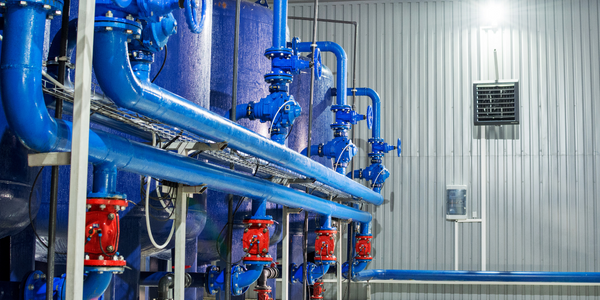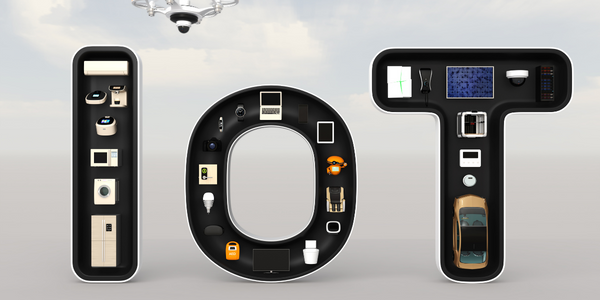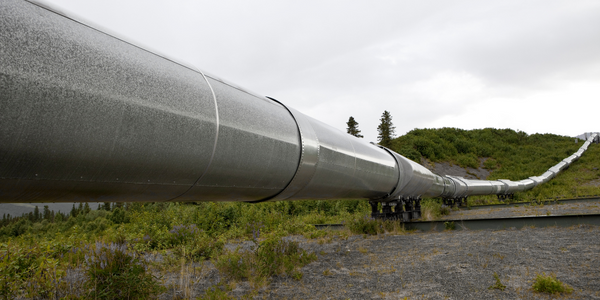Technology Category
- Analytics & Modeling - Big Data Analytics
- Analytics & Modeling - Predictive Analytics
Applicable Industries
- Equipment & Machinery
- Oil & Gas
Use Cases
- Movement Prediction
- Time Sensitive Networking
About The Customer
AppDynamics is a technology firm that has experienced significant growth in a short span of time, expanding to nearly 800 employees in under seven years. To keep up with its success, the company's recruiting team works tirelessly to keep its talent pipelines full, competing against other firms for valuable human capital. The team is committed to raising the company's profile and standing out in a crowded market. They are also focused on being a metrics-driven recruiting organization, using data and analytics to inform their strategies and decisions.
The Challenge
AppDynamics, a rapidly growing technology firm, faced several challenges in its recruitment process. The company lacked visibility into candidates who were most receptive to new opportunities, which hindered their ability to reach out to potential hires at the right time. They also struggled with low email response rates and relied on a manual tracking process using Excel, which was time-consuming and inefficient. Furthermore, AppDynamics had a strong desire to continue being a metrics-focused recruiting organization, but their existing processes and tools were not supporting this goal effectively.
The Solution
AppDynamics turned to Entelo, a comprehensive recruiting platform, to address these challenges. They utilized Entelo's predictive analytics to source candidates at their most receptive time, which increased their candidate pipeline by 20%. To improve their email response rates, AppDynamics used Entelo's email tracking tool. This tool allowed them to coordinate and track candidate engagement more effectively, resulting in a 15% boost in email response rate. Additionally, AppDynamics used Entelo's data-rich candidate profiles to personalize their messages and deepen the human connection with potential hires. They also automated the coordination and tracking of hundreds of candidate emails, moving away from the tedious Excel spreadsheets. To ensure the tool's effective use, the company implemented a weekly competition among recruiters and reviewed email conversion rates regularly.
Operational Impact
Quantitative Benefit

Case Study missing?
Start adding your own!
Register with your work email and create a new case study profile for your business.
Related Case Studies.

Case Study
Smart Water Filtration Systems
Before working with Ayla Networks, Ozner was already using cloud connectivity to identify and solve water-filtration system malfunctions as well as to monitor filter cartridges for replacements.But, in June 2015, Ozner executives talked with Ayla about how the company might further improve its water systems with IoT technology. They liked what they heard from Ayla, but the executives needed to be sure that Ayla’s Agile IoT Platform provided the security and reliability Ozner required.

Case Study
IoT enabled Fleet Management with MindSphere
In view of growing competition, Gämmerler had a strong need to remain competitive via process optimization, reliability and gentle handling of printed products, even at highest press speeds. In addition, a digitalization initiative also included developing a key differentiation via data-driven services offers.

Case Study
Taking Oil and Gas Exploration to the Next Level
DownUnder GeoSolutions (DUG) wanted to increase computing performance by 5 to 10 times to improve seismic processing. The solution must build on current architecture software investments without sacrificing existing software and scale computing without scaling IT infrastructure costs.

Case Study
Predictive Maintenance for Industrial Chillers
For global leaders in the industrial chiller manufacturing, reliability of the entire production process is of the utmost importance. Chillers are refrigeration systems that produce ice water to provide cooling for a process or industrial application. One of those leaders sought a way to respond to asset performance issues, even before they occur. The intelligence to guarantee maximum reliability of cooling devices is embedded (pre-alarming). A pre-alarming phase means that the cooling device still works, but symptoms may appear, telling manufacturers that a failure is likely to occur in the near future. Chillers who are not internet connected at that moment, provide little insight in this pre-alarming phase.

Case Study
Premium Appliance Producer Innovates with Internet of Everything
Sub-Zero faced the largest product launch in the company’s history:It wanted to launch 60 new products as scheduled while simultaneously opening a new “greenfield” production facility, yet still adhering to stringent quality requirements and manage issues from new supply-chain partners. A the same time, it wanted to increase staff productivity time and collaboration while reducing travel and costs.








